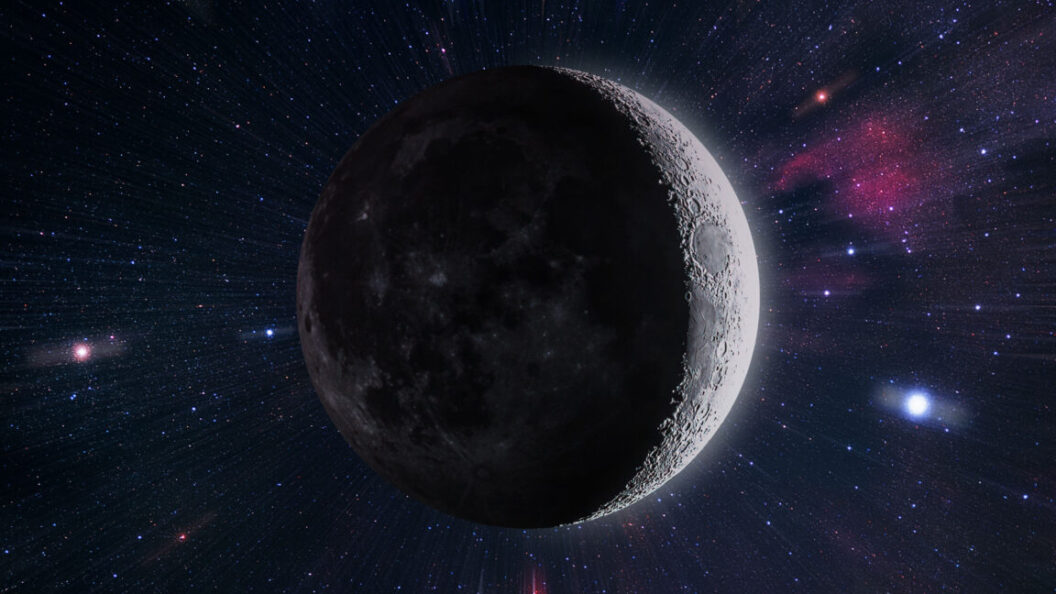Nintendo’s Switch 2 Launch: Pricing Details and Market Considerations
Nintendo has officially confirmed that its highly anticipated Switch 2 will retail for $449.99, with an additional bundle option priced at $499.99. This bundle will include a digital download of the new title, Mario Kart World, and will be available only through Fall 2025 or until supplies last. On its own, Mario Kart World will be available for $79.99, and another upcoming release, Donkey Kong Bananza, is set to launch in July for $69.99.
Market Context and Pricing Decisions
As the gaming industry braces for the arrival of the Switch 2, analysts had anticipated Nintendo would maintain the pricing structure despite external factors, such as the tariffs imposed during the previous U.S. administration that could affect production costs in China and Vietnam. Serkan Toto from Kantan Games noted, "I believe it is now too late for Nintendo to drive up the price further, if that ever was an option in the first place." He further elaborated on the uncertainty surrounding tariffs, emphasizing that Nintendo was navigating a complex pricing landscape.
The company’s pricing strategy reportedly aims to make the console "tariff-proof" to the greatest extent possible. However, there are concerns about potential future impacts on pricing due to persistent tariffs. Piers Harding-Rolls from Ampere Analysis suggested that if tariffs remain, a price increase for the Switch 2 could be plausible by 2026, adding, "Nintendo will be treading very carefully considering the importance of the US market."
Consumer Response and Anticipation
The public reaction to the pricing announcements has been palpable. Promotional livestreams from Nintendo have seen a flood of comments from frustrated fans urging the company to reconsider its price point. Remarks on social media indicate a strong desire among potential customers for more affordable options as excitement for the new gaming console builds.
Significance of the Launch
The announcement of the Switch 2 pricing and bundled content underlines Nintendo’s strategic approach to retaining its customer base while navigating economic challenges. By keeping the initial launch price steady, Nintendo aims to ensure broad access to the console amidst a competitive market. Nevertheless, the company may need to carefully monitor market reactions and consider long-term strategies to mitigate the impact of tariffs and potential cost increases.
As the gaming landscape continues to evolve, the pricing of the Switch 2 and its bundled offerings will play a crucial role in shaping consumer behavior and shaping Nintendo’s market position. The anticipation for new titles such as Mario Kart World and Donkey Kong Bananza will likely influence sales, but significant shifts in pricing strategy could either strengthen or weaken Nintendo’s foothold in an increasingly competitive gaming industry.












